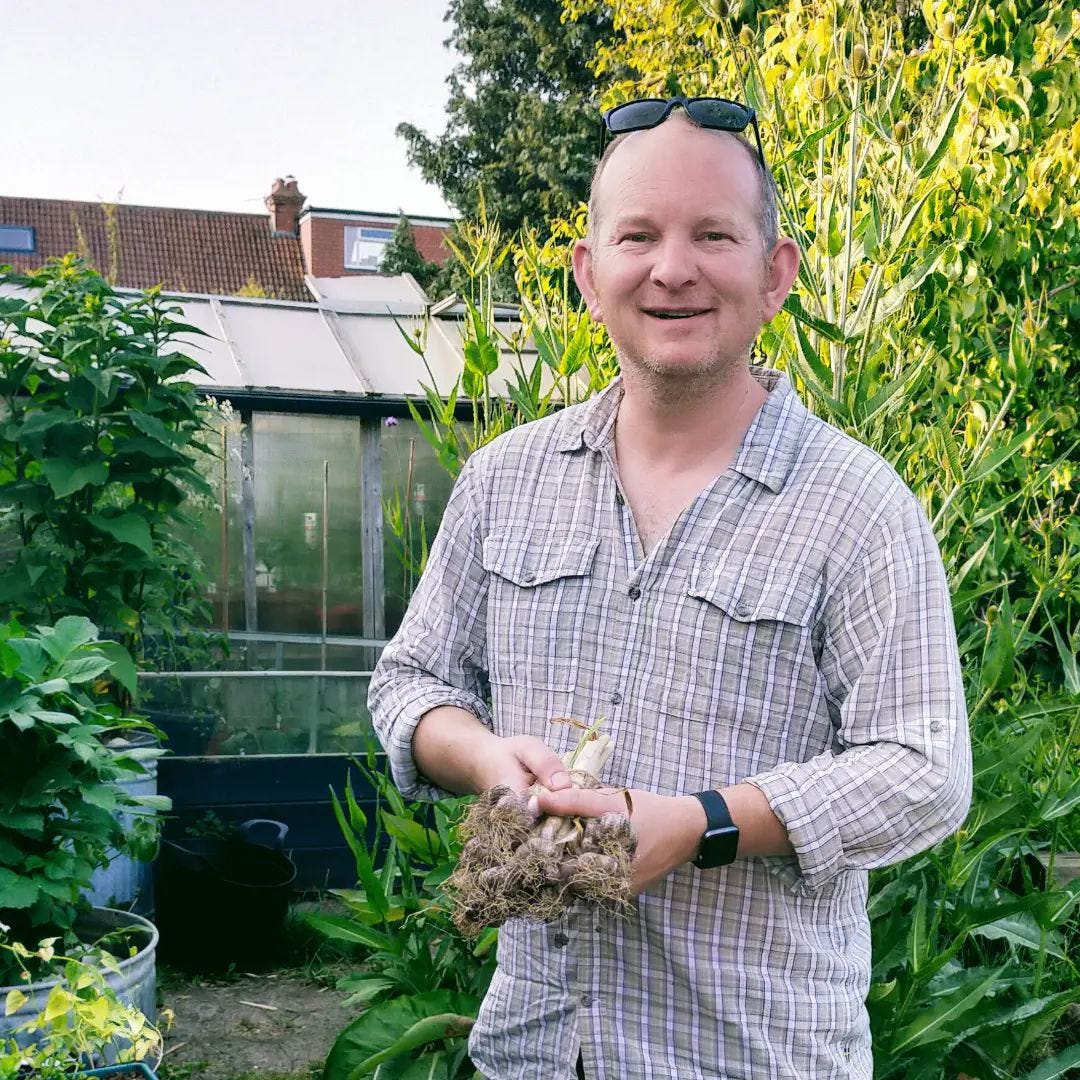To cook a supper in spring [WFJ #55]
A Frome seasonal supper club grapples with the realities between what we want and what's readily available
This week’s WFJ story features Pomona, a seasonal supper club based in Frome. Paid WFJ subscribers get a bottle of wine on the house if they book at one of Pomona’s spring pop-ups (7pm March 18th or May 20th). For details, see the foot of this newsletter.
What usually informs our decisions about what we eat? Is it the food we grew up with? A desire to replicate what we eat in restaurants? A sudden and desperate craving? Or simply what’s on the shelves at the supermarket?
Whatever our motivations, relatively rarely are they influenced by what nature and the land is ready to afford.
A case in point: At the time of writing, British media is in a tizzy about shortages of tomato, bell pepper, cucumbers, and lettuce in supermarkets, failing to mention that none of these things are produced – without artificial conditions – in the UK until at least late spring (this even confused the NFU, for goodness sake).
Have we gotten too used to having tomatoes – the quintessential summer crop – in the deepest depths of winter? Bell peppers, more attuned to climates of South America and the Caribbean, whatever the weather?
Either way, clearly the freedoms espoused from this ‘everything all of the time’ ideal are not so easy to give up. Even chefs like Lucy Rollins – who’s been cooking for 20 years, whether in luxury catering, alongside outstanding Cornwall chef Emily Scott, or at Frome’s High Pavement – can find tuning their menus according to the seasons a challenge. “I'm not a grower myself,” Lucy tells The WFJ. “So I don't fully understand it.”
At least once each winter, spring, summer, and autumn, Lucy runs Frome supper club Pomona. While her dinners showcase British seasonality and Somerset’s locality, she admits early spring is proving the toughest for inspiration, as the UK climate doesn’t allow a particularly bountiful and varied crop.1
Help is on hand, however, from Tom, a grower and orchard-keeper friend in Buckland Dinham, from whom she sources fruit and veg. “I’m really learning from him,” says Lucy. “I might be planning something, but when I go see him, he'll say, ‘Well, I've got a load of chervil’. So I’ll make chervil pesto, and add that to the menu somehow.”2
Evidently, less availability necessitates more creativity. But also, having a consistent connection with a local grower can change a cook’s sourcing method more towards what produce is at its peak, requires fewer food miles and agrochemicals, and supports the local economy.
It’s a philosophy surprisingly rare among restaurants. But, whether you’re an experienced chef like Lucy, or a home cook simply figuring out what to put on the table for dinner, it generates a new appreciation for the seasons – prompting excitement for what’s coming in, as much as a recognition for what’s not naturally available or abundant.





